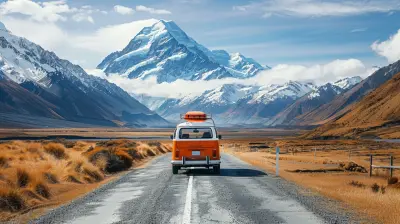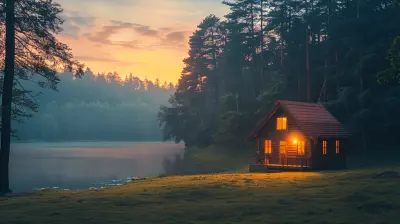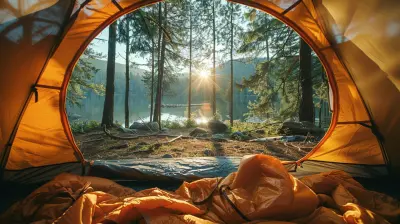Volcanoes and Waterfalls: Unlikely Neighbors in Nature’s Playground
8 August 2025
Nature never ceases to amaze us. Just when we think we’ve figured it all out, we stumble upon something that leaves us in awe. One of the most fascinating natural pairings is the coexistence of volcanoes and waterfalls. On the surface, they seem like complete opposites—one representing fire and destruction, the other symbolizing tranquility and renewal. Yet, they often thrive side by side, creating some of the most breathtaking landscapes on Earth.
But how do these two forces of nature end up as neighbors? And what makes their relationship so unique? Let’s dive into this paradox and explore why volcanoes and waterfalls are more connected than you might think.
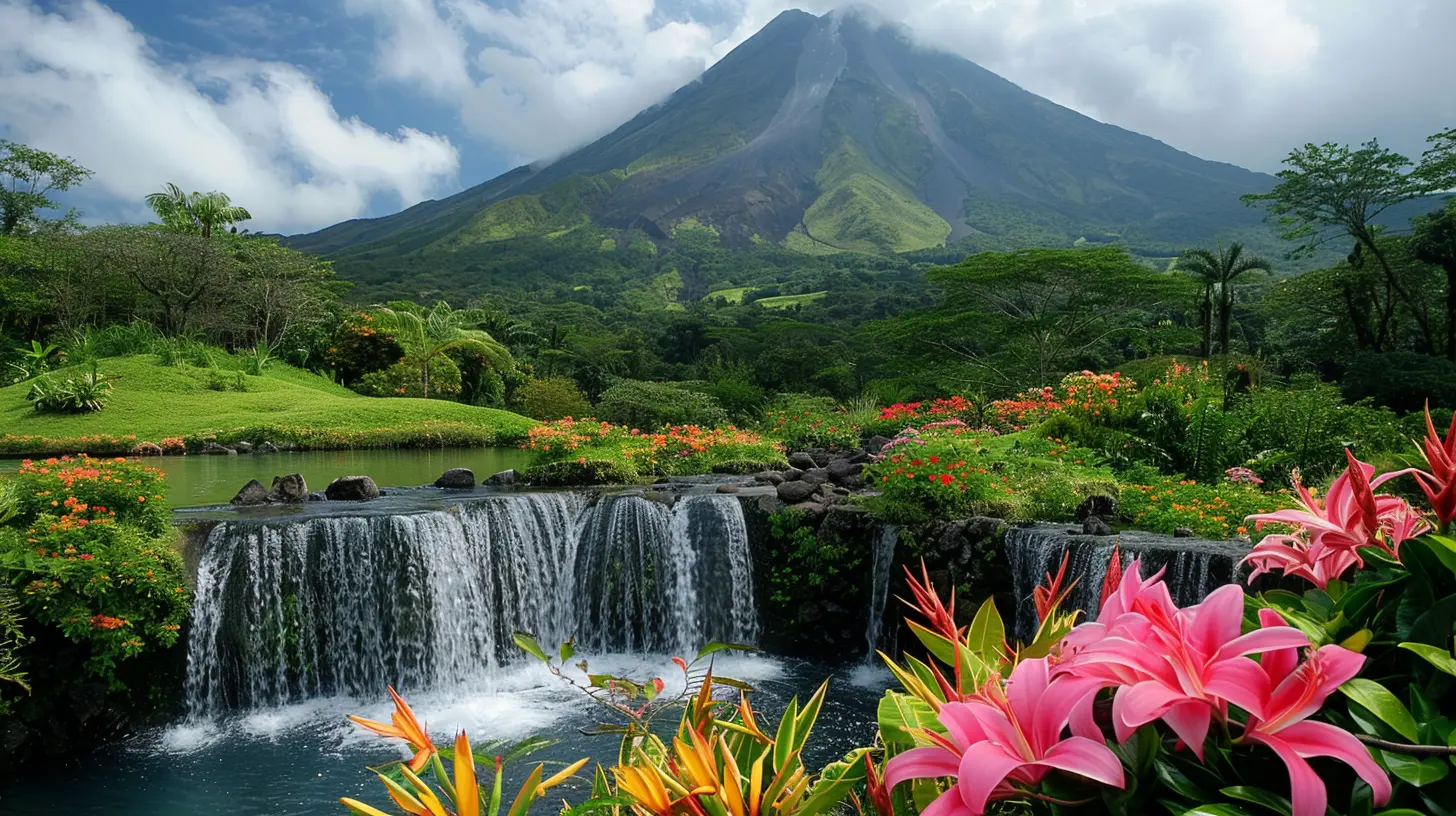
The Fiery Origins of Volcanoes
To understand how volcanoes and waterfalls coexist, we first need to look at what makes a volcano, well, a volcano.Volcanoes form when molten rock (or magma) from beneath the Earth's crust pushes its way to the surface. When that magma erupts, it becomes lava, which hardens over time to build massive mountains. Some volcanoes erupt violently, spewing ash and lava across miles of land, while others slowly ooze magma, reshaping the terrain over centuries.
These fiery mountains aren't just random fixtures in the landscape. They're typically found along tectonic plate boundaries, where immense geological forces are at play. Over time, volcanic activity shapes the land, creating craters, valleys, and ridges—perfect conditions for water to flow and, eventually, for waterfalls to form.
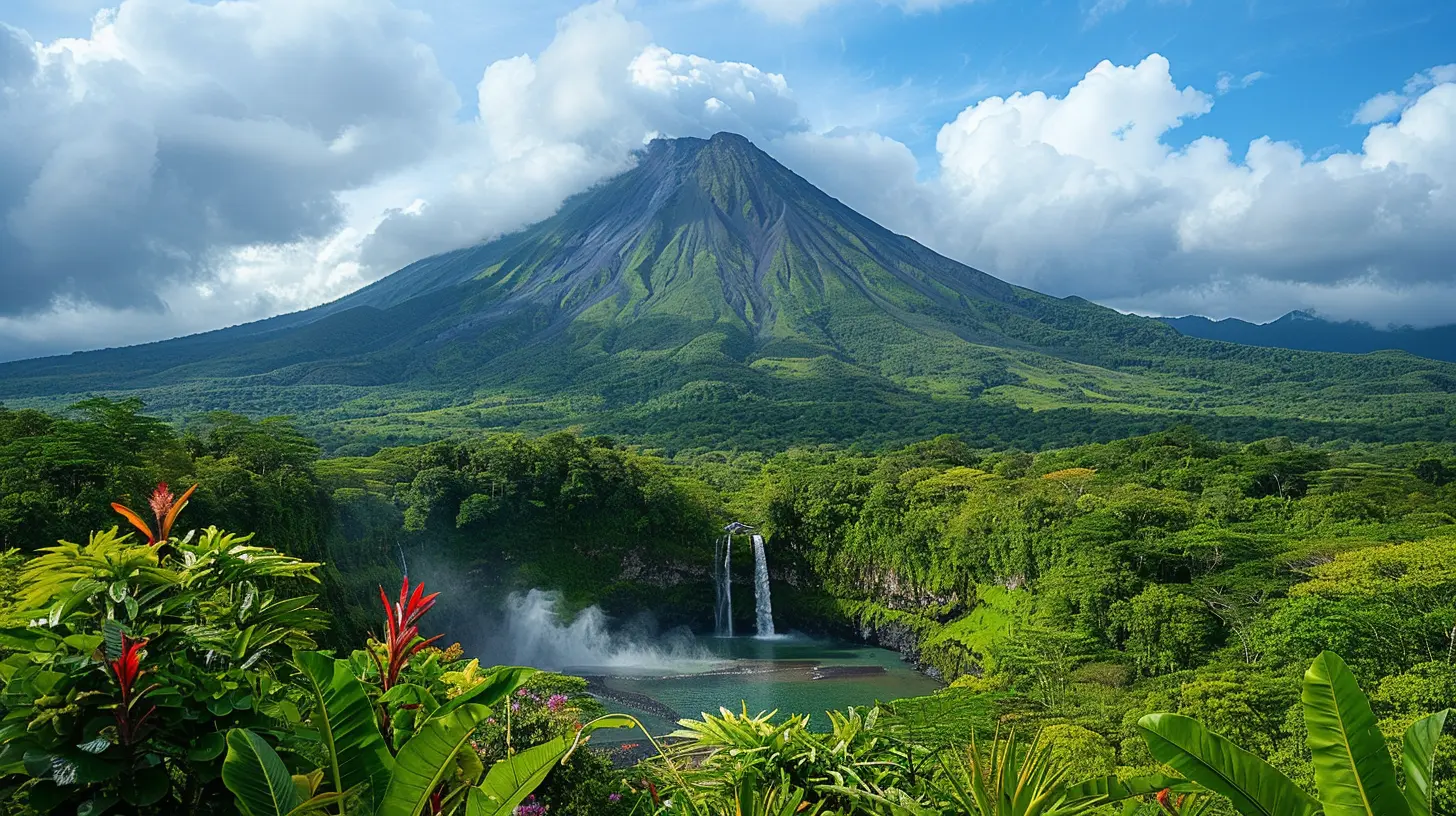
Waterfalls: Nature’s Graceful Sculptors
Now, let’s turn our attention to waterfalls. These mesmerizing cascades of water exist because of one simple thing—gravity. Waterfalls form when rivers or streams flow over an edge, causing water to plunge down into a pool or basin below.But what does this have to do with volcanoes? A lot, actually.
Volcanic landscapes are often rough and uneven, shaped by eruptions and lava flows. Over time, rainwater and melting glaciers carve their way through the hardened rock, eventually creating steep cliffs and ledges. When water encounters these sharp drops, waterfalls are born. In many cases, volcanic rock is resistant to erosion, allowing waterfalls to last for thousands—if not millions—of years.
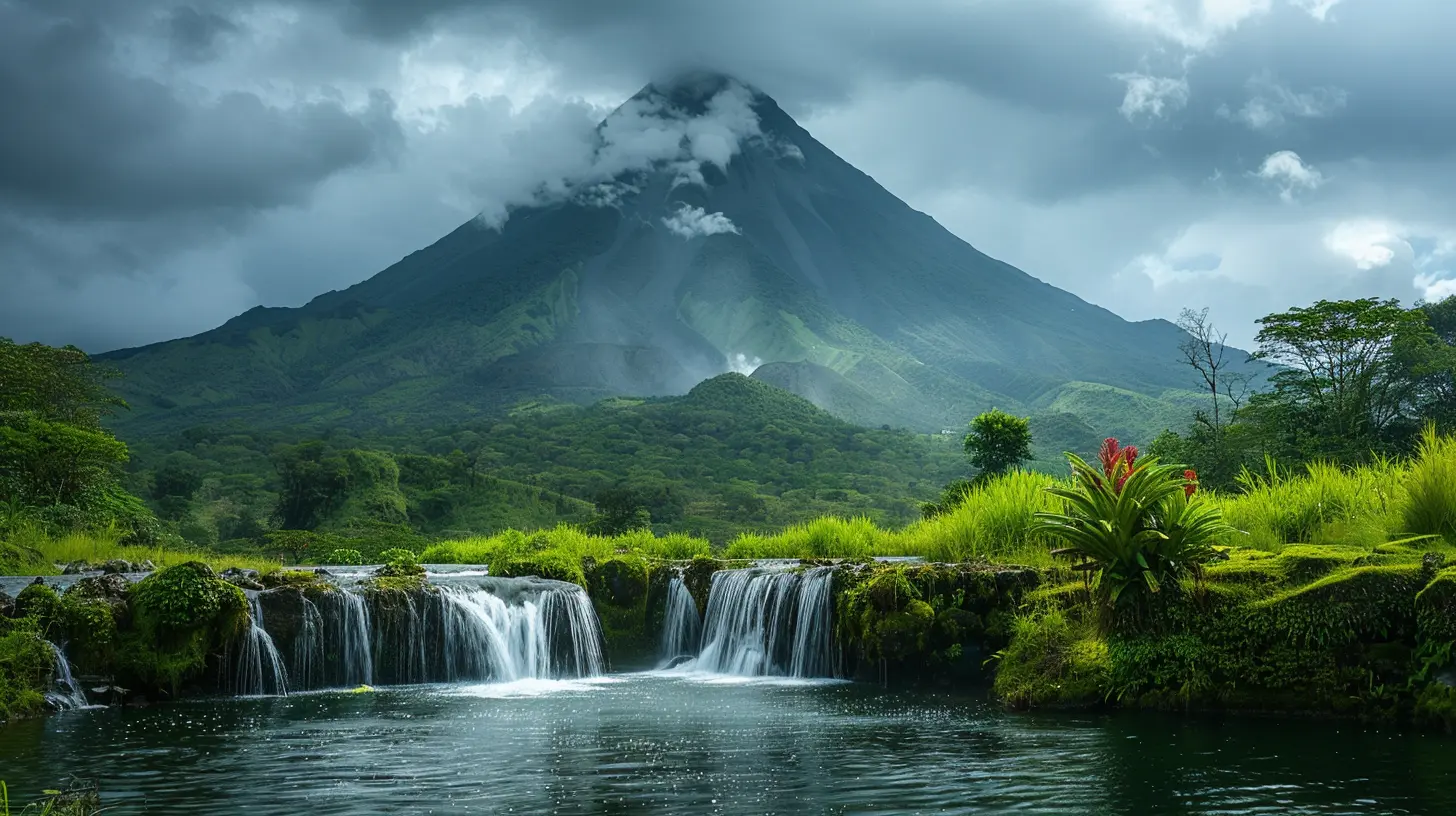
How Volcanoes Make Waterfalls Even More Spectacular
Waterfalls in volcanic regions tend to have a unique charm. The contrast between fire-forged landscapes and flowing water creates an otherworldly beauty that draws visitors from across the globe.Here’s what makes waterfalls near volcanoes stand out:
1. Lava-Cut Gorges and Cliffs
Volcanic eruptions leave behind rocky layers that act like barriers, forcing water to plunge over the edges. This process creates towering waterfalls like Iguazu Falls (formed by basalt from ancient eruptions) and Tugela Falls in South Africa, which flows over a volcanic escarpment.2. Geothermal Influence
In volcanic areas, waterfalls often benefit from geothermal activity. Some waterfalls, like those in Iceland, are fed by warm rivers that originate from hot springs heated by underground magma. This gives the water a unique mineral-rich composition, sometimes even creating colorful pools below.3. Glacial Interaction
Many volcanoes are topped with glaciers. When these glaciers melt, they feed powerful waterfalls that tumble down lava-carved cliffs. A great example is Skógafoss in Iceland, which gets its water from the melting ice of the Eyjafjallajökull volcano.4. Dramatic Contrasts in Scenery
There’s something poetic about witnessing a thunderous waterfall flowing down the side of a once-erupting volcano. The juxtaposition of destruction and renewal in one place is a reminder of nature’s duality—how it destroys and creates, often at the same time.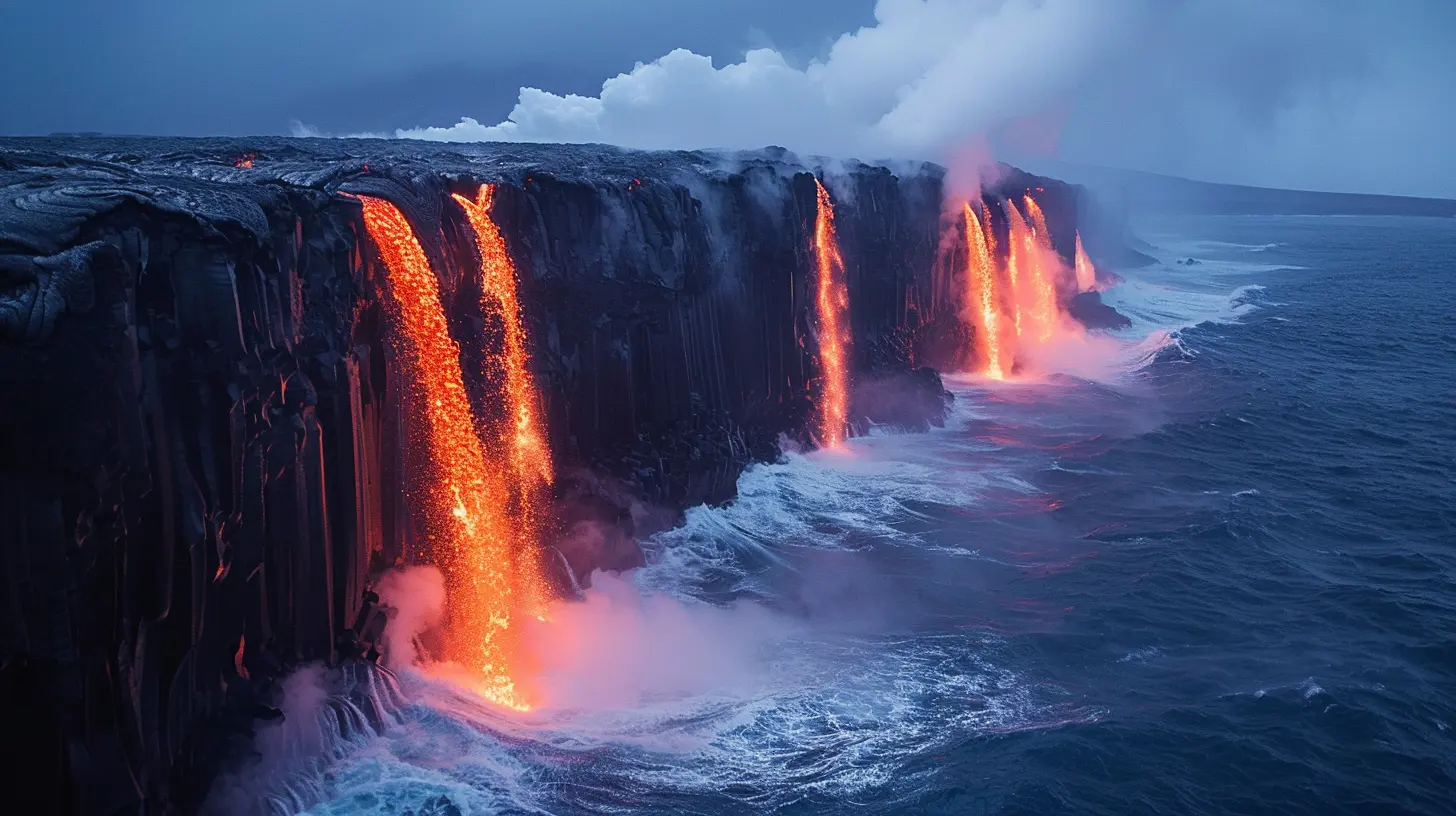
Famous Volcano-Waterfall Duos
Let’s take a look at some incredible locations where volcanoes and waterfalls exist side by side:1. Hawai'i Volcanoes National Park, USA
Hawai'i is home to some of the most active volcanoes in the world, like Kīlauea and Mauna Loa. Alongside the steaming vents and lava fields, you'll find lush waterfalls such as Rainbow Falls, which tumbles over a lava cave.2. Iceland – The Land of Fire and Ice
Iceland has some of the world’s most stunning volcanic waterfalls. Seljalandsfoss and Gullfoss exist in an environment shaped by both glaciers and ancient volcanic eruptions. Many of Iceland’s waterfalls are fed by rivers that originate on its volcanic plateaus.3. Mount Roraima, Venezuela
Though technically not a classic volcano, this stunning tabletop mountain was formed by volcanic activity. Angel Falls, the tallest waterfall in the world, cascades dramatically from its cliffs, making it a prime example of how volcanic landscapes give rise to breathtaking waterfalls.4. Victoria Falls & The Great Rift Valley
While Victoria Falls isn’t directly tied to a volcano, the Great Rift Valley—a region shaped by ancient volcanic activity—plays a role in its existence. Many of Africa’s most stunning waterfalls, including those in Ethiopia and Kenya, owe their existence to past volcanic activity.Why We’re Drawn to These Natural Wonders
There’s something truly mesmerizing about both volcanoes and waterfalls. Volcanoes remind us of nature’s immense power. They can reshape entire landscapes, swallow cities, and create new islands. Waterfalls, on the other hand, symbolize serenity, renewal, and the eternal flow of life.When these two elements come together, the result is nothing short of magical. It’s a place where fire meets water, where destruction paves the way for creation. These landscapes remind us that nature is not just about chaos or order—it’s a balance of both.
The Perfect Adventure Destination
For travelers, volcano-waterfall hotspots make for incredible adventures. Whether you’re an adrenaline junkie looking to hike up a volcano or someone who just wants to sit back and marvel at a cascading waterfall, these destinations offer something for everyone.Imagine standing at the base of a roaring waterfall, feeling the mist on your face, with a towering volcano as your backdrop. It’s the kind of experience that stays with you forever.
Best Tips for Visiting Volcano-Waterfall Destinations
- Do Your Research: Some volcanic regions can be active and dangerous. Always check for the latest updates before visiting.- Wear Proper Gear: Whether climbing a volcano or hiking to a waterfall, sturdy shoes and waterproof clothing are a must.
- Respect Nature: These places are delicate ecosystems. Avoid littering and stick to marked trails to preserve their beauty.
- Capture the Moment: These landscapes are stunning—bring a good camera or smartphone to take unforgettable photos.
Final Thoughts
Volcanoes and waterfalls, though seemingly at odds, are two of nature’s most spectacular forces. One carves the land through fire, while the other sculpts it through water. Their coexistence is a beautiful paradox, proving that even the most unlikely neighbors can create breathtaking harmony.Next time you visit a volcanic region, take a moment to appreciate the waterfalls that cascade down its ancient cliffs. They’re a reminder that even in destruction, there’s always room for beauty and renewal.
all images in this post were generated using AI tools
Category:
WaterfallsAuthor:

Kelly Hall
Discussion
rate this article
1 comments
Patience McCollum
What a captivating blend of nature’s wonders! Thank you for sharing this inspiring article.
August 18, 2025 at 4:56 PM

Kelly Hall
Thank you for your kind words! I'm glad you found the article inspiring. Nature's contrasts truly are fascinating!
